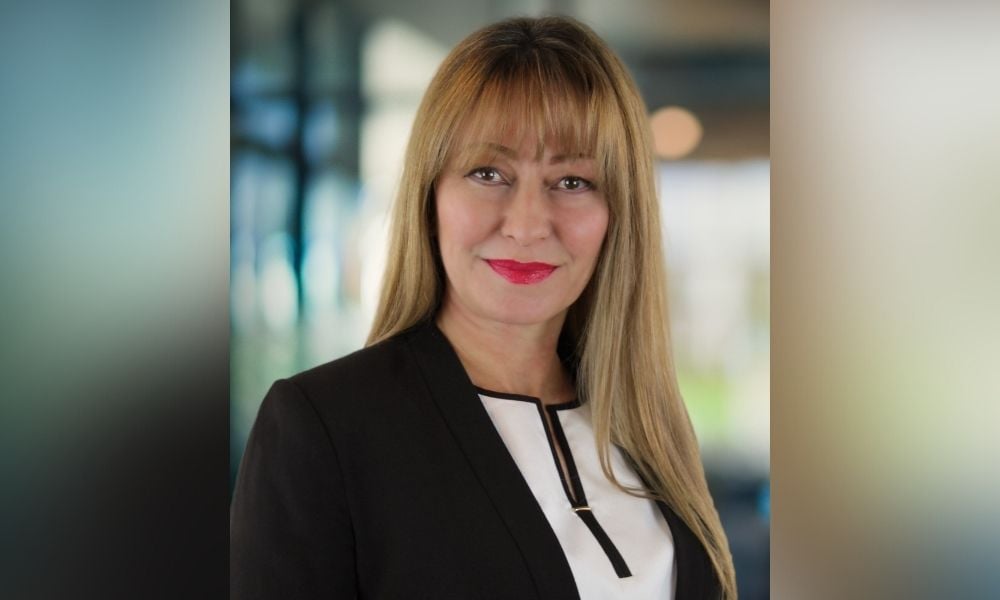Canadians saved $250 billion last year, but some businesses may need to refinance to stay afloat

The pandemic’s impact on personal finances is like a Tale of Two Cities. Workers who saved a lot are wondering how to invest money but, on the other side, owners who went into debt to save their businesses may need new strategies. Meanwhile, retirees straddling the middle may have extra cash from not travelling or enjoying their leisure pursuits, but they may need new ways to preserve their retirement income as inflation and interest rates rise.
“We’ve really had a mixed bag in the last year with two extremes,” Ilana Schonwetter, an investment advisor with Blueshore Financial in Vancouver, told Wealth Professional. She noted that financial planning now is more critical than ever for all these groups, but she also has some tips for them.
Those who worked remotely or didn’t have income disruption have saved a lot on travel and services. In fact, Blueshore says Statistics Canada reported that households saved more than $250 billion in cash last year.
“We’ve seen one of the largest inflows of money into investments throughout 2021,” said Schonwetter. “We saw $43 million worth of assets going into ETFs and about $44 billion dollars flowing into mutual funds. So, people are absolutely saving.”
She suggested this group should look at selective, cautious investments to get more muted returns in 2022. They should especially look at high-quality businesses with good management, clean balance sheets, and goods and services that people need in daily life but have pricing power, so the companies can raise the prices to cover the inflationary cost of labour, manufacturing, and supply chains. But, she noted this group may also soon return to travel and entertainment, so accumulate less savings this year.
Debt aid for businesses
Depending on their income and industry, business owners were more negatively impacted by lockdowns. If they ran a hospitality or fitness business – like yoga studios or gyms – their cash flow has been extremely impacted by the pandemic, especially if they’ve kept paying rent, equipment lease contracts, or staff.
“If you’re running a business and you have a fantastic income, and you’ve been doing so for years, and all of a sudden it comes to a compete grinding halt, you have zero income coming in. Yet, you still have all the expenses going out,” said Schonwetter.
While many in this group have drawn on lines of credits, loans, and even personal debt to keep things afloat, she said they need to look at the total picture to optimize their assets.
“Does it make sense to utilize a line of credit versus liquidating investments? Does it make sense to tap into your TFSA or non-registered investments to keep afloat?” she asked. “As a financial planner, you really need to take a holistic approach and look at all the resources available to guide them around the hierarchy of what they can use.”
Business owners should also research what government assistance programs they can access and tap into interest-free loans. Though low interest rates mean the cost of borrowing has been easier to manage for the last two years, they should also look for the lowest possible rates as those begin to rise. If the owners have a variable rate and may need to carry the debt for awhile, their advisor should also suggest they switch to a locked-in rate as it may be more cost-efficient.
“Refinancing is also a really good option because it could cut your payments substantially, leaving you more cash flow to cover monthly expenses and other items,” said Schonwetter.
Maximizing Retirees’ Resources
Retirees’ scenario can also straddle the two realities.
Those who normally spend $30,000 to $40,000 a year on travel and leisure have been telling her to stop sending investment money because it is sitting in their bank, and they need to know how to optimize it.
Other retirees watching inflation climb to a 30-year high with the Bank of Canada planning to increase rates may need to revisit their financial plans to ensure they have enough to last. While the advisor may have used a more conservative two percent inflation rate, they may now need to recalculate at five percent as it could last awhile. If the projections now fall short, this group may need to cut back expenses or learn to take a little more risk with their investments to increase their rate of return and protect their buying power.
“We need to look at the real rate of return. Are we still making progress after taxes and inflation are counted in? In some cases, we may have to reallocate some of the fixed income portion of the portfolio into conservative blue chip dividend paying equities. In other words, we need to raise the overall target return of the portfolio,” said Schonwetter. “Sometimes that means reallocating some risk-free assets, like GICs, into high-paying assets, like preferred shares or blue chip shares.”
“Sometimes you have to take on a little more risk when it comes to the market value or accept a little more fluctuation in the value of your portfolio in order to eliminate or drastically reduce the risk of the erosion of the purchasing power of your money,” she said. “We seldom think of the risk of having our money sitting there and simply losing purchasing power, but that is a true loss.”



